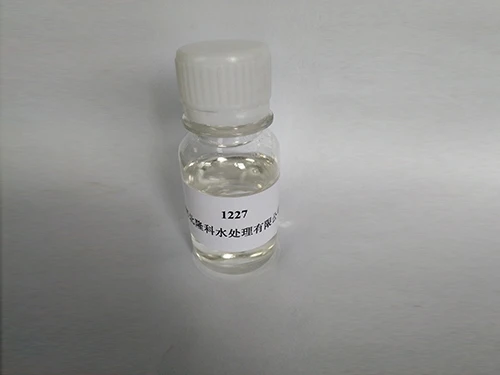chemical coagulation and flocculation water treatment
Chemical Coagulation and Flocculation in Water Treatment
Chemical coagulation and flocculation are critical processes in the treatment of drinking water and wastewater. These methods are employed to remove suspended particles, colloids, and other impurities, ensuring that the water is safe for human consumption and ecological balance.
The coagulation process involves the addition of chemical coagulants, such as aluminum sulfate (alum), ferric chloride, or polyaluminum chloride, to water that contains suspended particles. These coagulants neutralize the charges of negatively charged particles, allowing them to clump together. The neutralization occurs due to the destabilization of the colloidal particles, which typically carry a negative charge that keeps them dispersed in water. By neutralizing these charges, coagulants facilitate the formation of larger aggregates.
Once the coagulation step is completed, the next phase is flocculation, which further aggregates the small particles into larger clumps, known as flocs. This process is typically achieved by gentle mixing or stirring of the water to allow collision and bonding of the floc particles. Flocculation helps in enhancing the settlement of particles when water is later subjected to sedimentation. The size and density of the formed flocs are crucial, as larger and denser flocs settle more rapidly, thereby improving the efficiency of the treatment process.
chemical coagulation and flocculation water treatment

In general, coagulants are added at a precise dosage, which requires optimization to achieve maximum removal of suspended solids while minimizing chemical use. The effectiveness of coagulation and flocculation can be influenced by various factors, including water temperature, pH, and the concentration of contaminants. Proper monitoring and control of these parameters are essential for optimal performance.
Following flocculation, water treatment plants typically employ sedimentation, where the larger flocs settle to the bottom of a treatment tank, separating from the clearer water above. The settled sludge is then removed, and the clarified water continues through additional treatment stages, such as filtration and disinfection, ensuring it meets safety standards.
The importance of coagulation and flocculation extends beyond just drinking water treatment; they are also fundamental in the treatment of industrial wastewater. Many industries produce effluents rich in suspended solids and organic material, which can be detrimental to the environment if discharged untreated. Implementing coagulation and flocculation processes helps in addressing these pollutants, enabling industries to comply with environmental regulations while enhancing sustainability.
In conclusion, chemical coagulation and flocculation play a vital role in water treatment by effectively removing impurities and improving water quality. The integration of these methods helps safeguard public health and protect ecosystems. As water scarcity continues to be a pressing global issue, efficient water treatment processes will become increasingly important. Adapting and improving these technologies may pave the way for more sustainable water management practices in the future.
-
Understanding Polycarboxylic Acids: Properties, Applications, and Future PotentialNewsJul.28,2025
-
Scale Inhibitor Explained: How to Protect Your System from Limescale and Hard Water DamageNewsJul.28,2025
-
Scale and Corrosion Inhibitors: Essential Chemicals for Industrial Water System ProtectionNewsJul.28,2025
-
Polyaspartic Acid: A Biodegradable Polymer for Sustainable ChemistryNewsJul.28,2025
-
Isothiazolinones: A Versatile Antimicrobial Class with Industrial Power and Regulatory ChallengesNewsJul.28,2025
-
A Deep Dive into 2-Phosphonobutane-1,2,4-Tricarboxylic Acid (PBTC)NewsJul.28,2025





